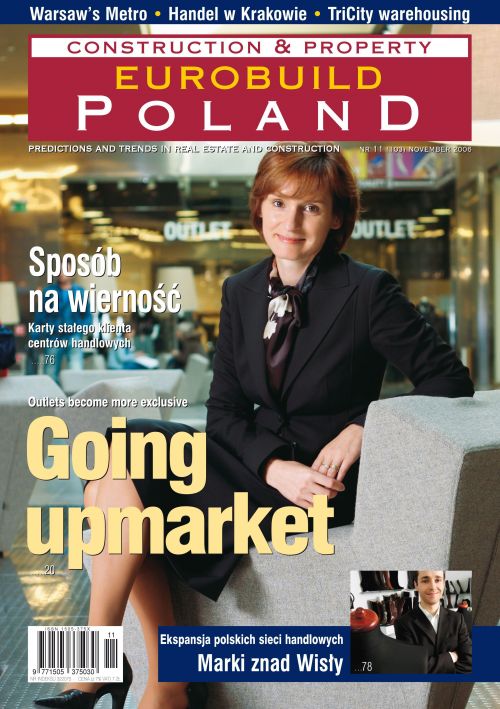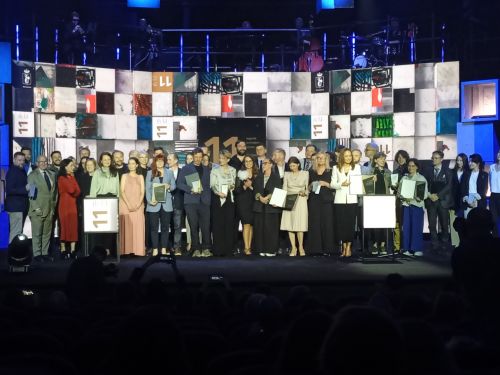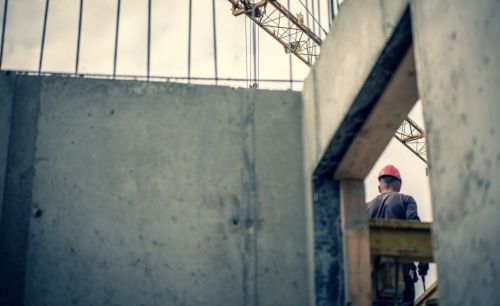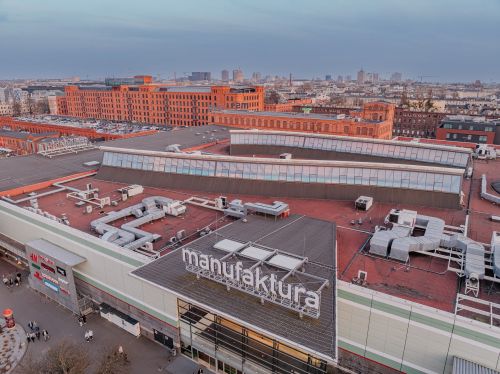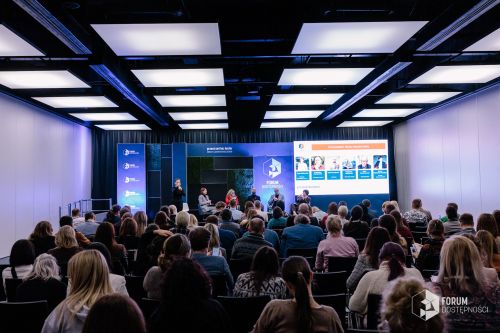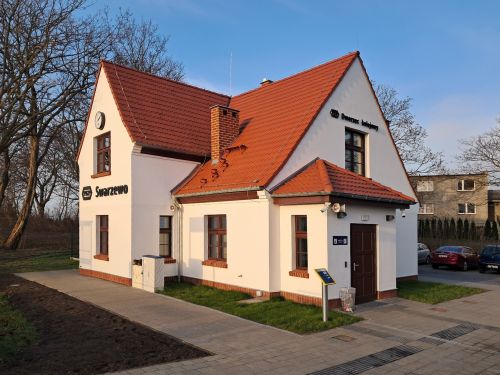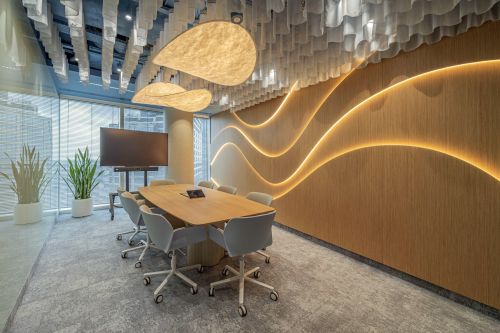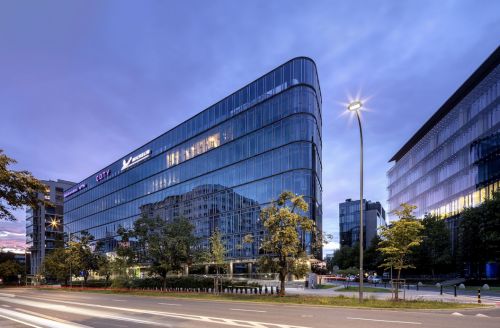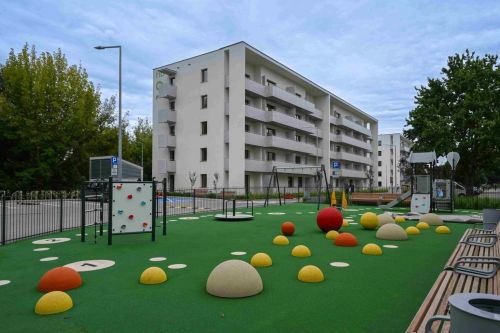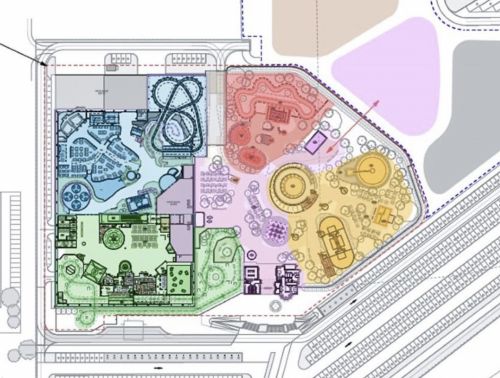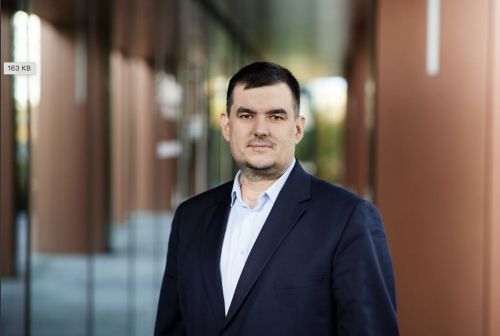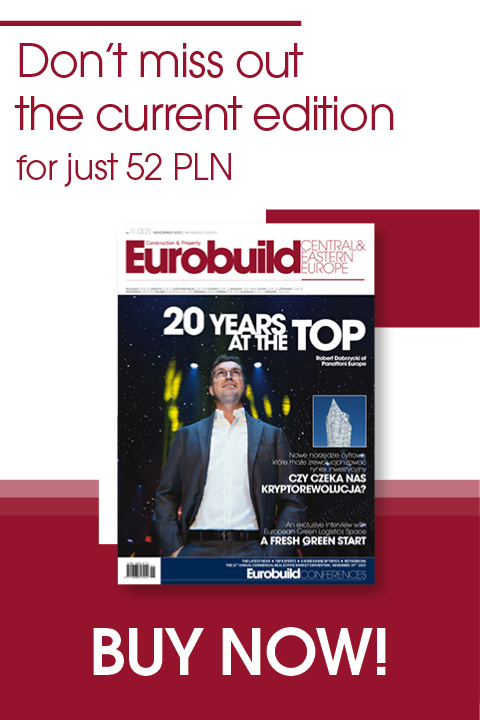Polish ‘outlets’ until recently were associated with corrugated steel sheds, dull interiors and grumpy staff, and where services were much poorer than in regular shopping centres. The popularity which outlets enjoy today requires their owners to improve sales standardsSo-called ‘outlets’ first made their appearance in France, Britain and the USA more than 30 years ago. Outlets in the States were often built as far as 70 km from the nearest city to take advantage of the much lower land prices outside urban areas. Such investments were nevertheless able to enjoy success due to the good road network and the greater mobility of Americans. In Europe the situation is quite different: outlets are usually situated nearer cities and sometimes even within their borders. Such centres are less expensive to build, since they are usually developed by the retailers themselves, without catering, service and entertainment facilities, allowing rents in such outlets to be lower by





























